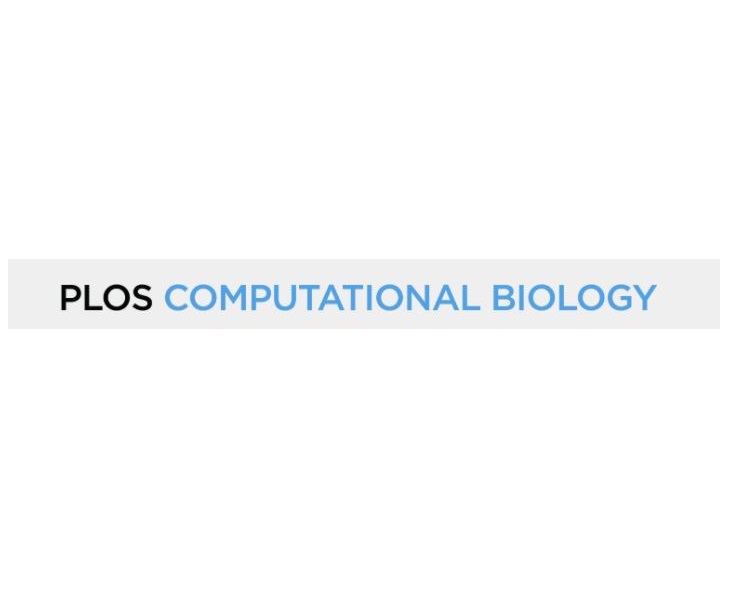|
Autors/es
Busto-Moner, Luis ; Morival, Julien; Ren, Honglei; Fahim, Arjang; Reitz, Zachary; Downing, Timothy L.; Read, Elizabeth L. ; Morival, Julien; Ren, Honglei; Fahim, Arjang; Reitz, Zachary; Downing, Timothy L.; Read, Elizabeth L.
|
Abstract
DNA methylation is a heritable epigenetic modification that plays an essential role in mammalian development. Genomic methylation patterns are dynamically maintained, with DNA methyltransferases mediating inheritance of methyl marks onto nascent DNA over cycles of replication. A recently developed experimental technique employing immunoprecipitation of bromodeoxyuridine labeled nascent DNA followed by bisulfite sequencing (Repli-BS) measures post-replication temporal evolution of cytosine methylation, thus enabling genome-wide monitoring of methylation maintenance. In this work, we combine statistical analysis and stochastic mathematical modeling to analyze Repli-BS data from human embryonic stem cells. We estimate site-specific kinetic rate constants for the restoration of methyl marks on >10 million uniquely mapped cytosines within the CpG (cytosine-phosphate-guanine) dinucleotide context across the genome using Maximum Likelihood Estimation. We find that post-replication remethylation rate constants span approximately two orders of magnitude, with half-lives of per-site recovery of steady-state methylation levels ranging from shorter than ten minutes to five hours and longer. Furthermore, we find that kinetic constants of maintenance methylation are correlated among neighboring CpG sites. Stochastic mathematical modeling provides insight to the biological mechanisms underlying the inference results, suggesting that enzyme processivity and/or collaboration can produce the observed kinetic correlations. Our combined statistical/mathematical modeling approach expands the utility of genomic datasets and disentangles heterogeneity in methylation patterns arising from replication-associated temporal dynamics versus stable cell-to-cell differences.
Author summary
Cytosine methylation is a chemical modification of DNA that, in concert with other associated epigenetic marks, plays a role in regulating gene expression. When DNA is replicated in the cell in advance of mitotic cell division, not only is the genetic sequence copied, but the patterns of epigenetic marks on DNA are faithfully copied, also. New experimental techniques are capable of measuring the presence or absence of DNA methylation on individual nucleotide sites across the genome on newly-formed DNA shortly after replication. In this study, we apply statistical inference techniques to quantify the rate at which DNA methylation appears on nascent DNA post replication in human embryonic stem cells. We find a broad range of per-site rate constants, ranging from shorter than ten minutes to five hours and longer. We furthermore found that these rate constants are correlated with distance along the genome. By comparison with computer simulation results, we identify enzymatic reaction mechanisms that are consistent with experimental measurements.
|

WoS
Scopus
Altmetrics
  
|
|
Publicació
Plos Computational Biology, 10 April 2020, v.16, n.4, e1007195
|
